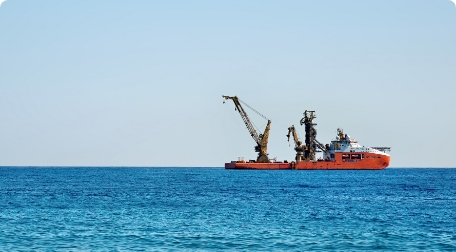As the maritime industry accelerates toward net-zero, ammonia is emerging as one of the most promising zero-carbon marine fuels. With no carbon in its molecular structure, ammonia (NH₃) offers the potential for zero CO₂ emissions at the point of use—making it a strong contender for future IMO and EU climate compliance.
Ammonia can be produced from renewable electricity (green ammonia), using hydrogen from electrolysis combined with nitrogen from the air. This makes it one of the few scalable fuels that can support deep decarbonization, particularly for long-haul shipping where batteries and fuel cells may fall short.
Why the Industry is Watching Ammonia
- Zero-carbon potential: When produced from renewable sources, ammonia can eliminate CO₂ emissions completely.
- Energy density: Higher volumetric energy density than hydrogen, making it more suitable for ocean-going vessels.
- Scalability: Existing global infrastructure (from fertilizer and chemical sectors) offers a head start on supply and handling.
Challenges Ahead – Despite its promise, ammonia comes with significant safety and technical hurdles:
- It is toxic and corrosive, requiring stringent handling protocols.
- It has lower flame speed and ignition properties, demanding new engine designs or fuel cells.
- NOₓ emissions may still be produced during combustion, requiring after-treatment systems.
Engine manufacturers like MAN Energy Solutions and Wärtsilä are already developing dual-fuel ammonia engines, with commercial deployments expected before 2030. Meanwhile, pilot projects and green shipping corridors are being set up to test its viability.
Ammonia isn’t a silver bullet—but it’s a key piece of the decarbonization puzzle. As regulatory pressure mounts and green ammonia production scales up, its role in the future fuel mix is becoming clearer—especially for deep-sea shipping.

